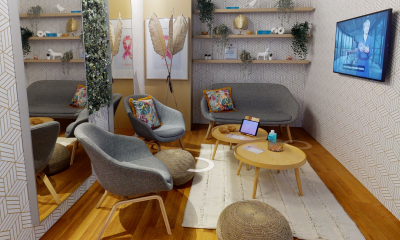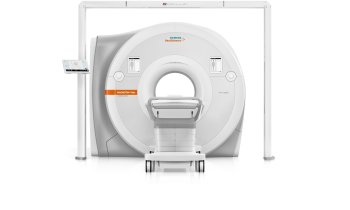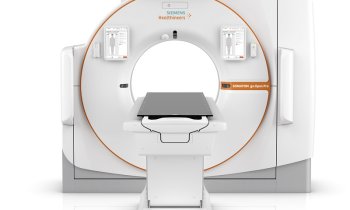A radiation-free system for lung function monitoring
Although modern respirators present ever increasing features to enhance and simplify ventilation therapy, methods to quantify the efficacy of ventilator changes are limited.

Often, to adjust settings the clinical staff relies primarily on pulse oximetry, arterial blood gas analyses, or calculated values of compliance and resistance. Due to immobility and critical health states, diagnostic imaging of the lung is often carried out using portable bedside X-rays.
Now, however, a non-invasive and radiation-free device that enables frequent monitoring of lung and respiration functions at the point of care (PoC) has been launched. Called the VRIICU-System, this first of a kind diagnostic imaging system utilises Vibration Response Imaging technology. Developed by GE Healthcare and Deep Breeze Ltd, the VRIICU-System was presented at the Annual Congress of the European Society of Intensive Care Medicine (ESICM), and is on sale in Europe.
In practice: A patient is monitored by simply applying a pair of sensor-mats to the back. During an examination, which lasts just twenty seconds, the sensors pick up vibrations, resembling the distribution of air throughout the lungs. The software transforms collected data into a dynamic picture, providing a visual representation of distribution of vibration.
During the R&D phases the new system was used by Dr R Phillip Dellinger, Professor of Medicine at the Robert Wood Johnson School of Medicine, and Medical Director of the Critical Care Division at Cooper University Hospital, New Jersey. “To have the ability to get a living, breathing picture of how the vibration distribution is changing in the lungs is absolutely novel,’ he told EH. ‘Nothing compares with it. Maldistributions and disturbances of vibration are indicators for a lung abnormality. This safe monitoring system shows pathological alterations in vibrations as differentiated signals on the display. Complications like airway obstructions, false intubation or the development of pulmonary oedema can be detected in an early stage. It allows us the potential for prompt diagnosis and treatment as one continues to track a therapy’s efficacy in bedside follow-ups. If the abnormality is treated sufficiently, the vibration patterns will return to a more normal appearance. At the moment, the necessary treatment must be done by the medical staff but, maybe in the future, when the technology will be established, technologies such as this might assist in computerized therapy.
‘The VRIICU system can be directly connected to any respirator, complementing the ventilator’s measurements and allowing a new dimension to lung monitoring, i.e. distribution of lung vibration. Monitoring capability on current ventilators is restricted to information assessed in the ventilator circuit outside of the patient. With VRI you can also see what is going on inside the lung and how respirator changes effect the internal distribution of vibrations. I think that has great potential to assist us in better ventilating the patient.’
30.10.2007











